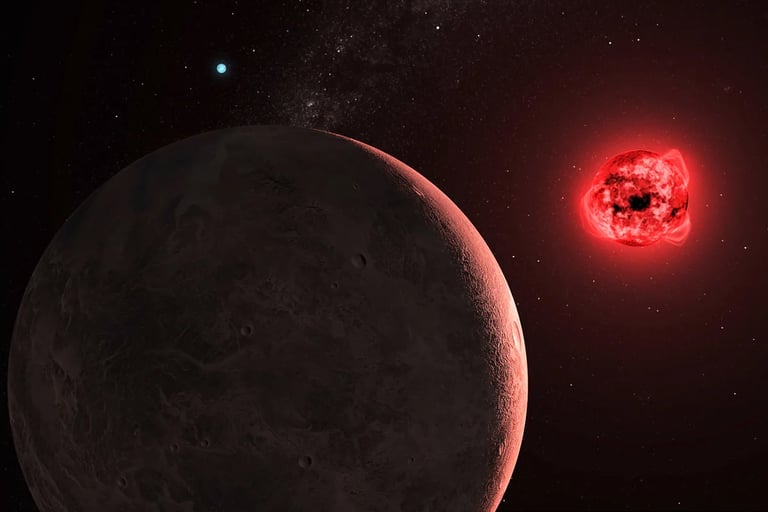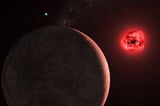NIRPS Empowers Exoplanet Discovery with Breakthrough Infrared Precision, Confirming Proxima Centauri Planets
August 26, 2025
NIRPS is a high-precision instrument designed to detect Earth-like planets around nearby red dwarfs by measuring tiny radial-velocity shifts in infrared light.
It uses the radial-velocity method, evidenced by Doppler shifts in starlight caused by orbiting planets, and can reach sub-meter-per-second precision in the infrared.
NIRPS operates in tandem with HARPS on the same telescope to differentiate real planets from stellar activity and false positives, and both instruments are heavily subscribed.
NIRPS’s first science releases confirmed Proxima Centauri b and Proxima Centauri d, ruled out Proxima Centauri c, demonstrating the instrument’s capabilities.
Red dwarfs are abundant and long-lived, making them favorable targets for RV searches because their lower masses amplify planetary tugs, despite being dimmer and harder to study.
Overall, NIRPS represents a significant advance in infrared RV measurements, enabling more discoveries around nearby M-dwarfs and contributing to the growing exoplanet catalog.
In the broader exoplanet landscape, RV discoveries exceed 1,100 of about 6,000 known exoplanets, with the transit method leading but RV remaining crucial for mass measurements and validation.
Other instruments like NEID and ESPRESSO push RV precision, with ESPRESSO achieving around 20 centimeters per second, opening the door to detecting sub-Earth-mass planets.
Future directions include ANDES for the ELT and potential involvement with next-generation observatories such as JWST, the Nancy Grace Roman Space Telescope, and Habitable Worlds Observatory to study atmospheres and biosignatures.
Summary based on 1 source
Get a daily email with more Science stories
Source

Scientific American • Aug 26, 2025
How Many Planets Orbit Our Nearest Neighboring Star?